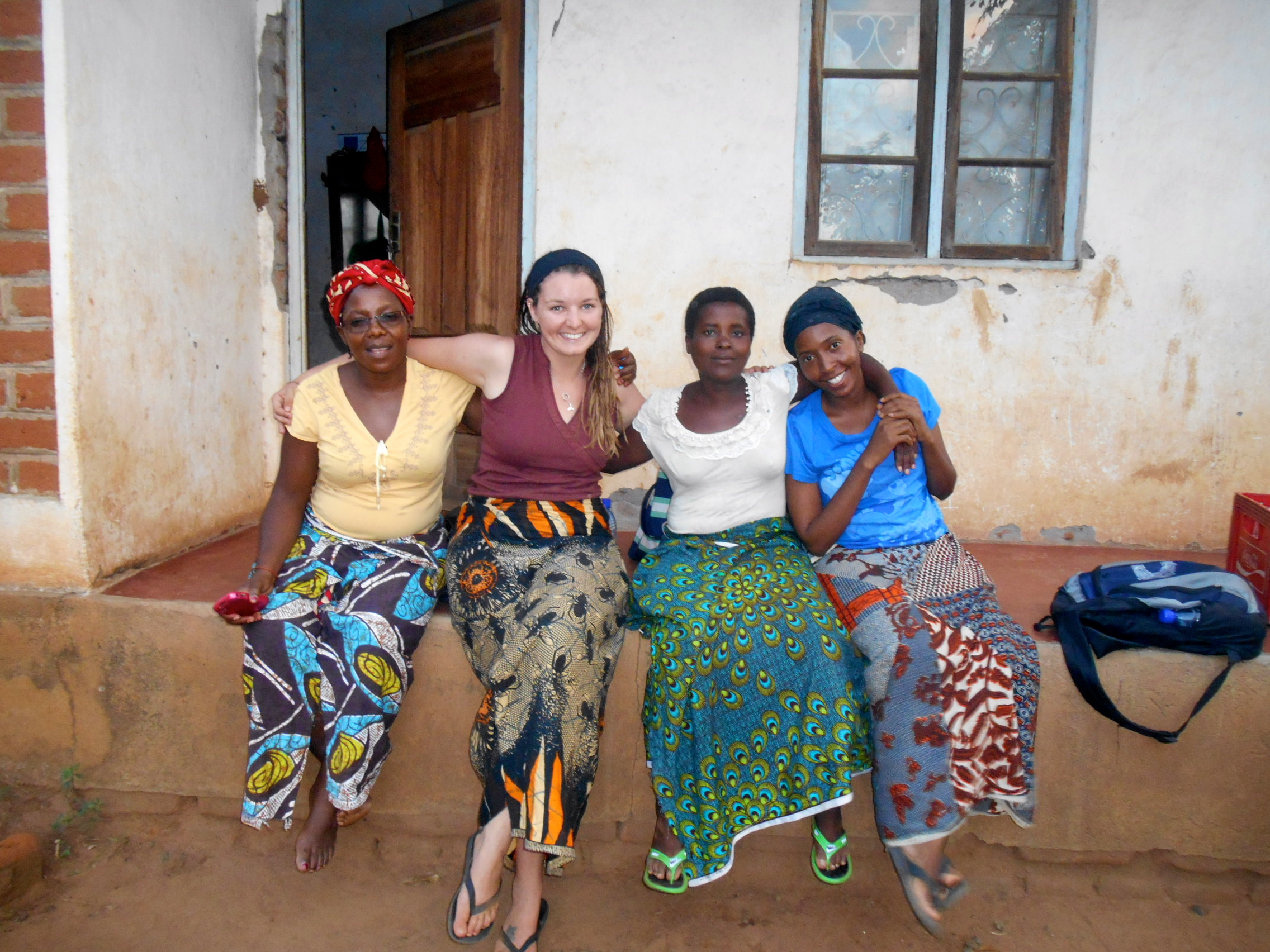
On January 25th Zomba City health practitioners from across sectors came together to discuss the Zomba City Council Report on HIV and AIDS. I had the fortune to attend through representation of the Zomba-based NGO that I work for, as the Monitoring and Evaluation Fellow, the Art & Global Health Center Africa. I attended the meeting with two colleagues, Sharifa Abdualla (Programs Director) and Galia Boneh (Administrative Director). The report was up for review, to be adopted as the base line assessment for research, testing and treatment for HIV and AIDS in Zomba City. The report is based on standards approved by the National AIDS Commission (NAC).
During the opening remarks, the audience members were urged to “join hands so that we may fight together”. The statistics that were reported, and the corresponding recommendations made, although not entirely surprising- are alarming on many levels.
Here are a few of the reported statistics for Zomba City:
- 14.9% of the population in Zomba, aged 15-49, are HIV +
- 98% of participants interviewed reported knowing where HIV testing centers are located.
- 96% of participants interviewed said that they knew his or her HIV status.
- 88% of participants reported having access to condoms.
- 87% of participants reported they knew how to use a male condom effectively.
- 46% of participants reported they knew how to use a female condom effectively.
- 18% of participants reported they believe HIV is curable.
- 39% of participants reported that HIV and AIDS are synonymous.
- 94% of participants reported that their number one vehicle for information is the radio.
- 86.9% of participants reported engaging in vaginal sex, 20.6% in oral sex, and 12% in anal sex.
- 10 years old is the average reported age that boys begin to engage in sexual activity.
- 9 years old is the average reported age that girls begin to engage in sexual activity.
I was particularly struck by the last two statistics recorded: that on average, boys engage in sexual activity at the age of 10, and girls at the age of 9. When interviewed, survey participants also established a list of causes to explain the young age of sexual engagement. The top perceived causes identified by the community include; pornography, video games, peer pressure, poverty (particularly for women), sex education, alcohol and substance abuse.
Of the perceived causes, sex education stood out to me, and lingered in my mind for the duration of the presentation. Perhaps that is due to the fact that in our center’s program MAKE ART/ STOP AIDS (MASA) Secondary School Program, this is exactly what we address- adolescent health through early intervention and education surrounding sexual health and healthy living practices.
This pattern of thought is not uncommon nor new, the idea of sex education promoting sexual engagement. It is the staple that backed abstinence only sexual education, which started in the United States in 1982. What we’ve learned in the American context is this: abstinence only education does not work in preventing sexually transmitted infections, nor pregnancy for adolescent youth. So what does? Professor David Gere of UCLA’s World Arts & Culture, where the Art & Global Health Center was born, describes alternatives to this education message, and its impact, in the following TEDx talk on the UCLA Sex Squad. Although we’re not implementing a Zomba version of the UCLA Sex Squad anytime soon, the idea of shaking that status quo through arts-based community education is a continual thread in the MASA Secondary School Program.
Given that we know the empirically backed importance of effective sex education, how can we neglect the need to be having these types of programs in secondary schools where students are well aged into the sexually engaged demographic of the community? Further, how can we uphold cultural sensitivity and cultural capital when advocating for the importance of this education? Given the findings of the base line assessment, which showed that several people reported sexual education as responsible for youth sexual engagement, programs like the MASA Secondary School Program are likely not to be adopted by the community, and to the contrary, are likely to be stigmatized as being the culprit instead of the supporter. How do we reverse this trend?
Attending this meeting reminded me of the importance of context, education and community involvement in understanding, and eventually eradicating, some of the prevalent trends in HIV and AIDS infection and treatment rates across the world, including the necessity for proactive, accurate, and creative educational practices. The call for creative educational practices is what brought me to become a Global Health Corps Fellow. I have not taken a traditional public health route like many peers working in this space, but rather, as an artist and arts educator working in inclusive community practices, in this case HIV and AIDS education and programming. The call to action is for all of us across disciplines and professions to come together as a unified voice, working towards global health equity. We are in a world and a time when creativity will challenge the status quo, leading us to alternative, and hopefully successful, ways of approaching health messaging.
I am proud to be an artist. I am proud to be a health practitioner. I am proud to be an educator. Most of all, I am proud to be part of the movement towards global health equity as a Global Health Corps Fellow.
